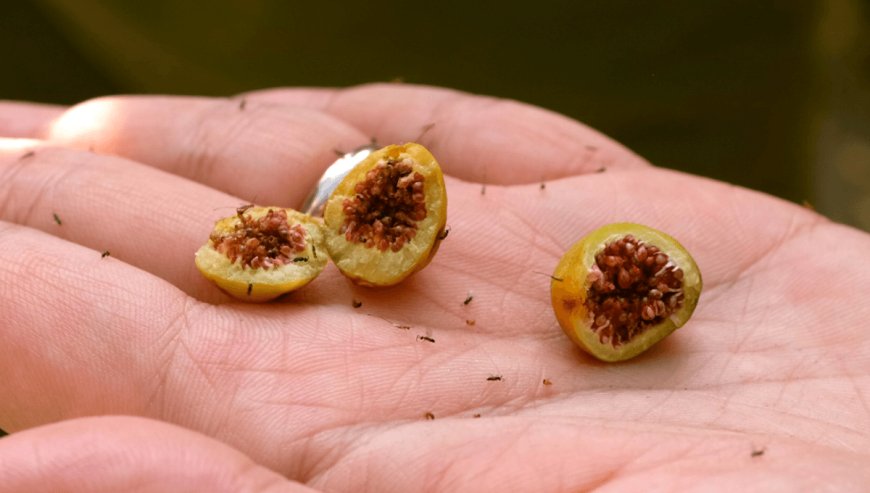The Power of Coevolution: An Ancient Tale of Fatal Attraction
This article explores the remarkable coevolution between figs and fig wasps, showcasing their intricate and interdependent relationship. It delves into the fascinating lifecycle of fig wasps, their role in fig pollination, and how this ancient partnership has shaped the development of fig species over time. The tale highlights both the beauty and complexity of nature’s mutualistic relationships.

Figs are a beloved fruit among home gardeners, and California is home to an abundance of wild fig trees.
Every home orchard in Southern California should include a fig tree. Not only are figs perfectly suited to the region's Mediterranean climate, but they also boast lush, tropical foliage and produce one of nature’s most flavorful fruits.
Yet, sometimes a plant captures our hearts not just for its beauty or benefits but for the stories it tells. Figs have a rich history, stretching back to ancient times. The edible fig species we cherish today, Ficus carica, is just one member of the vast and fascinating Ficus genus—a group that shares an intricate and symbiotic relationship with its environment.
Learning of the connection between figs and their pollinators, fig waspsis fascinating. Wasps live out their life cycles within the figs, mating, laying eggs, and eventually dying. The relationship is so intertwined that neither the trees nor the wasps could survive without the other. This mutual dependence also exists between our edible fig, Ficus carica, and its pollinator, the fig wasp Blastophaga psenes.

To understand this connection, one must first grasp what a fig really is. Despite appearances, a fig isn’t a fruit—it’s a collection of flowers called an inflorescence. Imagine an inverted bouquet, with flowers tucked inside the fig’s skin. For reproduction, these hidden flowers need pollination, but traditional pollinators like bees and butterflies can’t access them. This is where the specialized fig wasp plays its unique role.
Fig wasps are born inside male figs, or caprifigs, which are inedible. Male wasps live their entire lives inside the caprifig, while female wasps venture out to find another caprifig in which to lay their eggs. After burrowing into a new caprifig, the female lays her eggs and dies. Her wings are torn off in the process, so she has only one opportunity to complete her mission.
Occasionally, a female fig wasp enters a female fig—the delicious variety we eat—instead of a caprifig. She inadvertently spreads pollen she carries from her birthplace, pollinating the flowers inside. However, she cannot lay her eggs in a female fig and dies within it, completing her life cycle.

Interestingly, many Ficus carica cultivars, such as ‘Brown Turkey,’ are parthenocarpic, meaning they don’t require pollination to mature. Most figs found in grocery stores never encounter fig wasps. On the other hand, cultivars like ‘Calimyrna’ rely entirely on fig wasps for pollination; without it, their figs fail to develop.
Even parthenocarpic figs benefit from pollination. Research shows that pollinated figs tend to be larger, firmer, more flavorful, and have a longer shelf life. A comparison of pollinated and unpollinated figs from a parthenocarpic cultivar reveals stark differences—the pollinated figs are noticeably larger, brighter, and more appealing, demonstrating the incredible impact of this ancient partnership.









